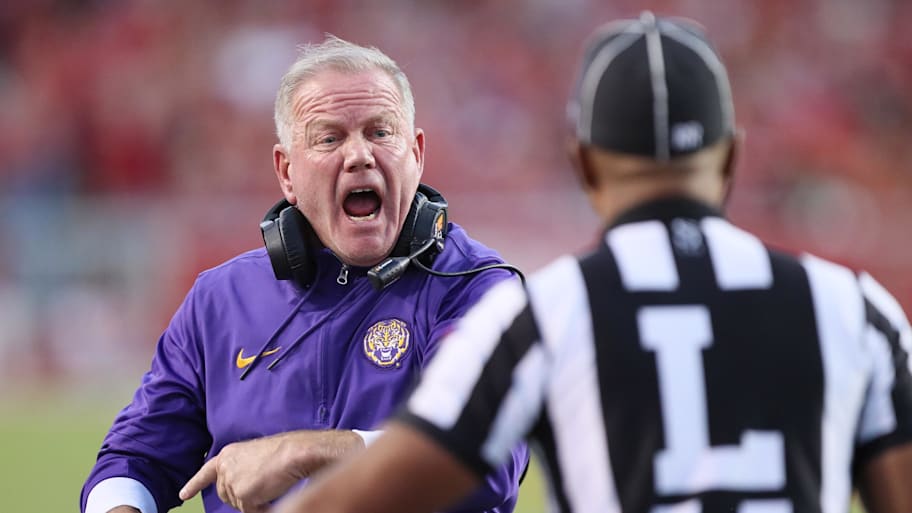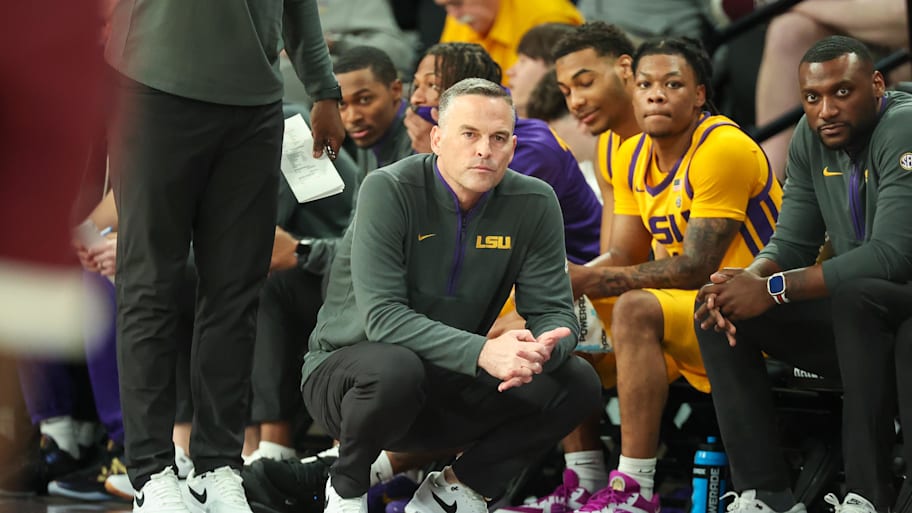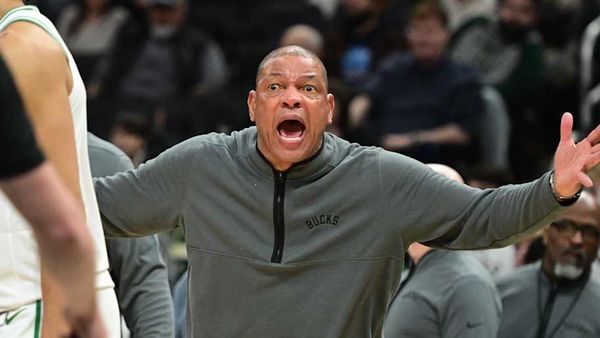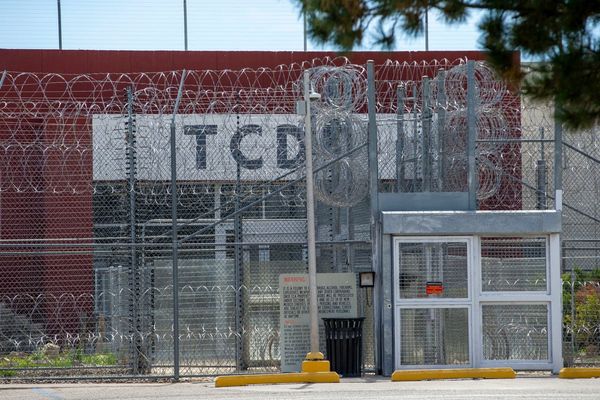
College football is on its way to perhaps the most chaotic season of coaching changes in recent history. Changes have come almost weekly, with LSU’s expensive decision to part with Brian Kelly following an embarrassing home loss to Texas A&M the latest in a cycle that has already seen changes at Penn State, Florida and a handful of other top programs. With already well over $100 million committed in head coach buyouts before the calendar flips to November, any newfound fiscal responsibility referenced in last year’s quiet cycle to respond to the revenue-sharing era has quickly vanished.
It’s likely though that these mega buyouts are just the beginning of a massive spending spree. Bidding wars for top coaches will require huge salary commitments, but also increased staff pools for things like expanded front offices and other key staff positions. Wooing candidates will also require strong compensation pools for player acquisition, both via revenue sharing under the House settlement and any potential above-the-cap NIL deals schools can conjure up. The implications of this impending arms race will shake entire athletic departments, including their basketball programs.
Programs within the same athletic department are competing for dollars unlike ever before. With revenue sharing capped department-wide at $20.5 million annually, every dollar that goes to football players is a dollar that can’t be used for basketball, baseball, volleyball or other Olympic sports. There’s already uncertainty about exactly how much of that pie basketball staffs will have at their disposal next spring, and the last thing many basketball coaches want is a coaching change in football that forces their athletic director to up football’s revenue-share allotment. But doing so might be necessary to attract a top football coach, or at least to position him well for early success if he’s trying to rebuild quickly through the transfer portal. One power-conference assistant at a school with a football coach on the hot seat tells Sports Illustrated that previously they had hoped to see their revenue-share slice increase from the $4 million range up to around $6 million for next season, but they feared that a move in football might derail those hopes.
How much does that matter? That depends on how much you believe in the strength of the settlement’s cap. As one industry source puts it, if you don’t buy into the cap being enforceable, the only difference is how much additional money you have to ask boosters for. Legal experts and NIL agents have salivated at the chance to challenge the enforceability of the cap, and the uneven rollout of the settlement clearinghouse NIL Go has already led to some schools pushing the limits … or flat out ignoring the rules due to slow turnaround times. Essentially, if the market looks like last year (unregulated spending and men’s basketball roster budgets regularly climbing toward eight figures), a smaller rev-share budget just means more outside fundraising … tedious, but not impossible.
If going above the cap is a significant hurdle though, every chunk of change is significant. Teams would be operating with smaller budgets than last season and much more similar budgets team-to-team, so $500,000 or $1 million getting reallocated from men’s basketball to football could make a massive difference. In a market with an average $5 million roster budget, that’s 10% to 20% of the cap, a quantity usually allocated for a starting-caliber player. And the uncertainty of just how much flexibility schools will have to work around the cap creates plenty of nervous basketball coaches fearing that dollars they need for player acquisition could get flexed to football.

There’s also the question of whether this active football cycle could slow down basketball coaching movement. Coaching searches cost lots of money and take lots of time, and jumping into another just a few months after landing a new football coach might not be in the cards at some schools. A prime example could be LSU, where Matt McMahon enters the season on the hot seat after missing the NCAA tournament in each of his first three seasons on the job. McMahon’s buyout of a little north of $6 million pales in comparison to the total cost to oust Kelly and replace him with a top candidate, but it’s not nothing either. And if LSU is serious about competing with the upper echelon of the SEC in hoops, it’d likely have to up its financial commitment for McMahon’s replacement: Based on USA Today’s tracker, McMahon was the lowest-paid coach in the conference among the 15 public schools.
Does that mean McMahon is suddenly safe? As one agent who represents college coaches said to SI this week, “If you’re horrible, places just find the money.” But with an improved roster, the Tigers should at least be better in 2025–26. And that might be enough to find McMahon some leniency in the wake of what will assuredly be an expensive year for the Tigers on the gridiron.
Virginia Tech is in a similar situation after moving on from football coach Brent Pry early in the season. The Hokies stuck with basketball coach Mike Young after a rough 13–19 campaign in 2024–25, but the common perception was that Young needed to win this season after being given better NIL resources to compete in the ACC this spring. Has that changed in the wake of Pry’s firing? Virginia Tech doesn’t have the deep pockets of LSU, though the school’s Board of Visitors did green-light a significant cash injection into the athletic department that will give Virginia Tech nearly $50 million in additional funds for the 2026 fiscal year. Young has only one more year left on his contract after this season, and schools rarely want to let a coach work on the final year of a deal. But if Virginia Tech invests heavily in its football hire, it might make hunting a basketball upgrade less palatable.
The bottom line: Even at the richest schools in the country, resources aren’t infinite. A football cycle this expensive is bound to impact the rest of the department, even another revenue-producing sport in men’s basketball. And the impact could be magnified this year when roster budgets are already in flux as schools adjust to the world of revenue sharing under the House settlement. But that doesn’t mean movement won’t happen as usual next spring. If the football cycle teaches us anything, it’s that winning (and losing) trumps all: even fiscal responsibility.
More College Basketball on Sports Illustrated
Listen to SI’s new college sports podcast, Others Receiving Votes, below or on Apple and Spotify. Watch the show on SI’s YouTube channel.
This article was originally published on www.si.com as The Hidden Cost of College Football’s Coaching Carousel Chaos.







